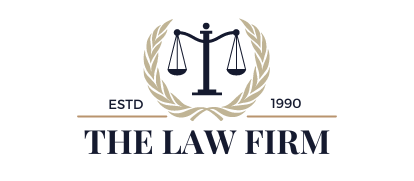When an individual files with their state to form a corporation, the company will automatically be a C-Corporation, unless the person filing chooses to be an S-Corp.
Shareholders
By structuring the business as a C-corporation, owners benefit from separating the company’s assets from their own personal assets. The owners of a C-corporation are considered shareholders, and they are protected from most liability incurred by the business.
As defined by the Legal Information Institute of Cornell Law, “shareholders contribute the money or assets the corporation uses to conduct its business, and the corporation issues shares of its stock to shareholders as evidence of ownership.”
C-corporations allow owners great flexibility in raising capital as they can issue different forms of stock and can have an unlimited number of shareholders. These shareholders can be other business entities and non-U.S. citizens. Most stock corporations, especially publicly traded stocks, are C-corporations.
Double-taxed Entities
The flexibility in stock and unlimited growth potential comes with a price in the form of taxation. C-corporations are considered double-taxed entities in that they pay income taxes at the corporate level and also pay taxes on dividends paid to shareholders.
Historically, C-corporations have been the preferred company structure for high-income/high-tax bracket owners. However, a C-corporation can have disadvantages. When forming your corporate entity, keep in mind that C-corporations are subject to double taxation, may incur high start-up costs, and may be subject to complex regulations and formalities.


